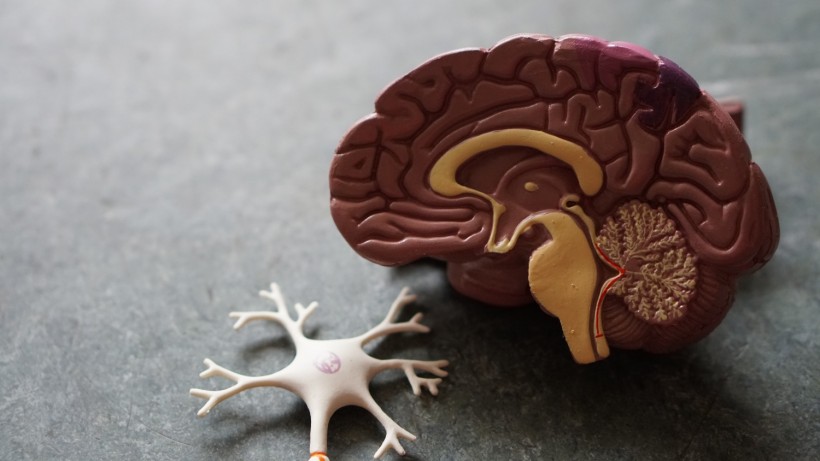Researchers at Northwestern University led the development of the first fully mature lab-grown neurons from human induced pluripotent stem cells (iPSCs), Science Daily reported. It is a feat that opens up new avenues for medical study and possible transplantation to cure neurodegenerative diseases and severe injuries.
Previously, researchers differentiated stem cells to become neurons. However, they were functionally immature and resemble neurons from the embryonic or early postnatal stages. The limited maturation from the stem cell culture techniques used in the recent neurons diminished their potential for neurodegenerative research.

First-Ever Mature Lab-Grown Neurons From Stem Cells Exceeds Previous Possibilities
Dancing Molecules Aid in Developing Mature Neurons
The team used nanofibers made of "dancing molecules," a breakthrough introduced last year by Northwestern professor Samuel I. Stupp as a possible therapy for acute spinal cord injury, to generate mature neurons.
Stupp previously found how to adjust the mobility of molecules so that they can detect and effectively engage with continually moving cellular receptors in his previous study published in the journal Science. Synthetic materials can communicate with cells by replicating the mobility of biological molecules.
His study was notable for discovering how to regulate the collective motion of over 100,000 molecules within nanofibers. Cellular receptors in the human body become difficult-to-hit moving targets because they move at such rapid rates, often at millisecond timelines.
In the new study, titled "Artificial Extracellular Matrix Scaffolds of Mobile Molecules Enhance Maturation of Human Stem Cell-derived Neurons" published in Cell Stem Cell, researchers found that nanofibers tailored to contain molecules with the highest mobility resulted in the most improved neurons in their latest study.
That means neurons cultivated on more dynamic coverings matured faster, were less prone to aggregate and had more powerful signaling capacities. They hypothesize that this is possible because the receptors move very fast on the cell membrane and the signaling molecules in the scaffold also move at a fast rate, hence they become more synchronized.
READ ALSO: Human Brain Organoids Grown in Rats to Study Neurological Diseases
New Discovery Can Be Used For Future Research on Neurodegenerative Diseases Treatment
The team used stem cells in their study to grow these mature neurons using the dancing molecules technique. Stem cells are known to have the ability to develop into many different cell types, which is ideal for research.
The Evening Standard reports the success of the experiment in which rats implanted with the mature rats showed improved function. It implies that electrical activity as well as signaling and branching capabilities were successful.
Researchers wrote in their study that the findings are "transformative" and that perhaps one day the mature lab-grown neurons could be transplanted into patients with neurodegenerative diseases or spinal cord injuries to replace lost or damaged neurons.
Cells in the central nervous system stop functioning or die in neurodegenerative disorders. Alzheimer's disease is an example of this, in which memory and reasoning skills are compromised, followed by an inability to do the most basic activities. Other examples are Parkinson's disease, multiple sclerosis, and motor neuron disease also known as Amyotrophic Lateral Sclerosis (ALS).
RELATED ARTICLE: Humanized Lab-Grown 'Mini-Brains' Imitates Parkinson's Disease and Dementia; May Replace Mouse Models in Neurological Studies
Check out more news and information on Neurology in Science Times.














